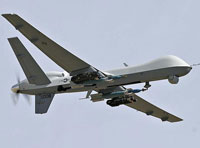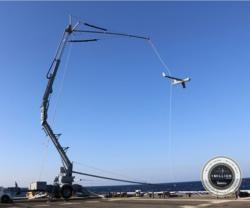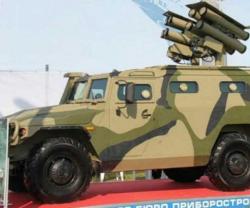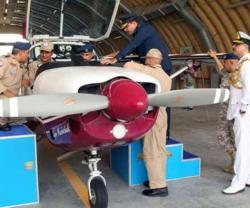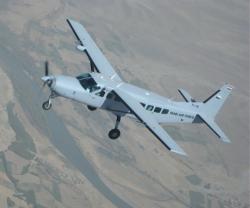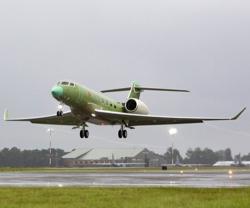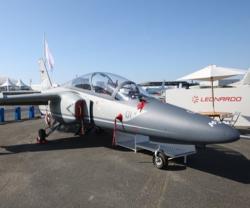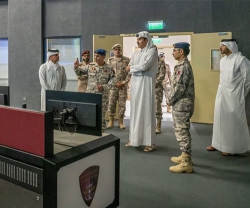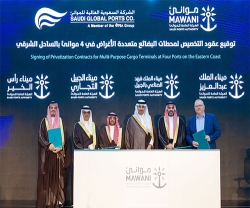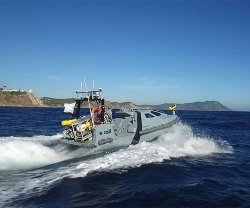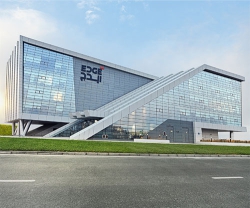“We are continually seeking ways to improve our platforms, making them more relevant for our customers’ emerging needs. We’ve designed field retrofitable capabilities–lengthened wings, wing-borne fuel pods, and new heavy-weight landing gear–that greatly extend Reaper’s already impressive endurance and range while further increasing its operational flexibility,” said Frank W. Pace, President, Aircraft Systems Group, GA-ASI.
The results of GA-ASI’s recent Endurance Enhancement Study, which was completed on Internal Research and Development (IRAD) funds, propose two different field installable kits that extend endurance without costly depot aircraft modifications:
- Option 1 optimizes the aircraft for Intelligence Surveillance Reconnaissance (ISR) missions, adding two fuel pods to its existing 66 ft wings and heavy-weight landing gear, increasing endurance from 27 hours to 37 hours.
- Option 2 optimizes the aircraft for multi-purpose missions, replacing its current 66 ft wings with 88 ft wings, and adding two fuel pods and heavy-weight landing gear, increasing endurance from 27 hours to 42 hours for ISR-only.
Earlier this year, GA-ASI announced the availability of a new trailing arm design for the existing main landing gear on Predator B/MQ-9 Reaper. This “heavy-weight” landing gear increases the aircraft’s landing weight capacity by 30 percent and its gross takeoff weight by approximately 12 percent, from 10,500 lb to 11,700 lb. The new landing gear is available as a field retrofit to all existing Predator B customers, with the capability subject to export restrictions.
Predator B is currently operational with the U.S. Air Force and Royal Air Force as the MQ-9 Reaper and the Italian Air Force as MQ-9, with NASA as Ikhana, and with the U.S. Department of Homeland Security as Predator B/Guardian.
The aircraft is designed to perform multi-mission ISR and “Hunter-Killer missions over land or sea, with more than 120 vehicles delivered since 2001.

